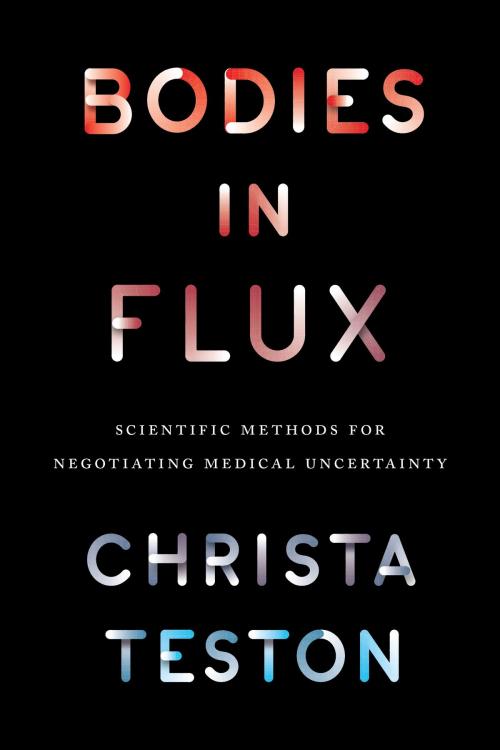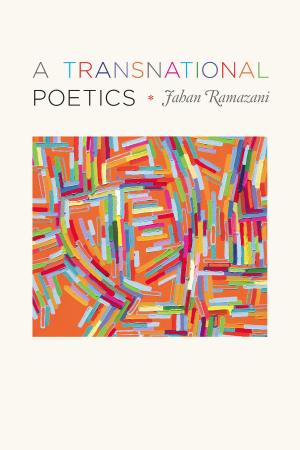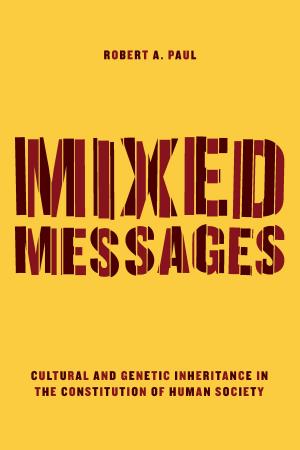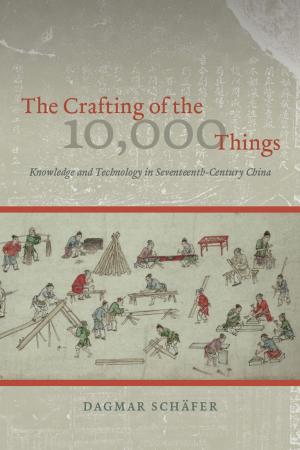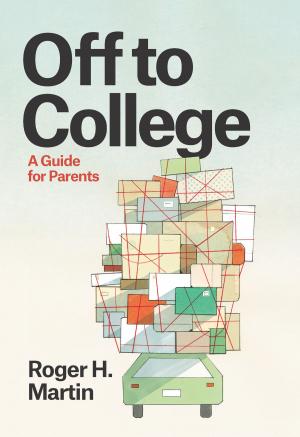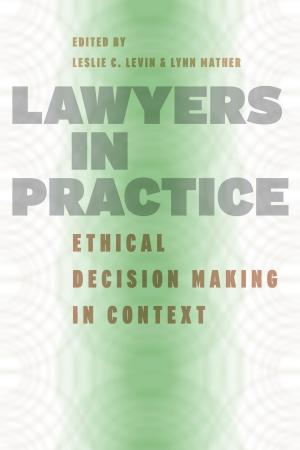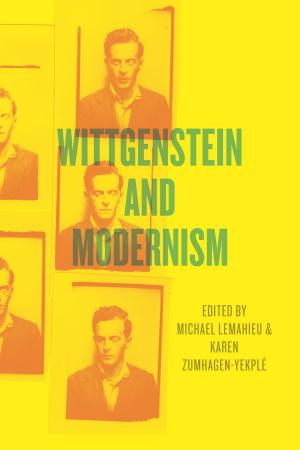Bodies in Flux
Scientific Methods for Negotiating Medical Uncertainty
Nonfiction, Health & Well Being, Medical, Reference, History, Reference & Language, Language Arts, Communication| Author: | Christa Teston | ISBN: | 9780226450834 |
| Publisher: | University of Chicago Press | Publication: | May 5, 2017 |
| Imprint: | University of Chicago Press | Language: | English |
| Author: | Christa Teston |
| ISBN: | 9780226450834 |
| Publisher: | University of Chicago Press |
| Publication: | May 5, 2017 |
| Imprint: | University of Chicago Press |
| Language: | English |
Doctors, scientists, and patients have long grappled with the dubious nature of “certainty” in medical practice. To help navigate the chaos caused by ongoing bodily change we rely on scientific reductions and deductions. We take what we know now and make best guesses about what will be. But bodies in flux always outpace the human gaze. Particularly in cancer care, processes deep within our bodies are at work long before we even know where to look. In the face of constant biological and technological change, how do medical professionals ultimately make decisions about care?
Bodies in Flux explores the inventive ways humans and nonhumans work together to manufacture medical evidence. Each chapter draws on rhetorical theory to investigate a specific scientific method for negotiating medical uncertainty in cancer care, including evidential visualization, assessment, synthesis, and computation. Case studies unveil how doctors rely on visuals when deliberating about a patient’s treatment options, how members of the FDA use inferential statistics to predict a drug’s effectiveness, how researchers synthesize hundreds of clinical trials into a single evidence-based recommendation, and how genetic testing companies compute and commoditize human health. Teston concludes by advocating for an ethic of care that pushes back against the fetishization of certainty—an ethic of care that honors human fragility and bodily flux.
Doctors, scientists, and patients have long grappled with the dubious nature of “certainty” in medical practice. To help navigate the chaos caused by ongoing bodily change we rely on scientific reductions and deductions. We take what we know now and make best guesses about what will be. But bodies in flux always outpace the human gaze. Particularly in cancer care, processes deep within our bodies are at work long before we even know where to look. In the face of constant biological and technological change, how do medical professionals ultimately make decisions about care?
Bodies in Flux explores the inventive ways humans and nonhumans work together to manufacture medical evidence. Each chapter draws on rhetorical theory to investigate a specific scientific method for negotiating medical uncertainty in cancer care, including evidential visualization, assessment, synthesis, and computation. Case studies unveil how doctors rely on visuals when deliberating about a patient’s treatment options, how members of the FDA use inferential statistics to predict a drug’s effectiveness, how researchers synthesize hundreds of clinical trials into a single evidence-based recommendation, and how genetic testing companies compute and commoditize human health. Teston concludes by advocating for an ethic of care that pushes back against the fetishization of certainty—an ethic of care that honors human fragility and bodily flux.
